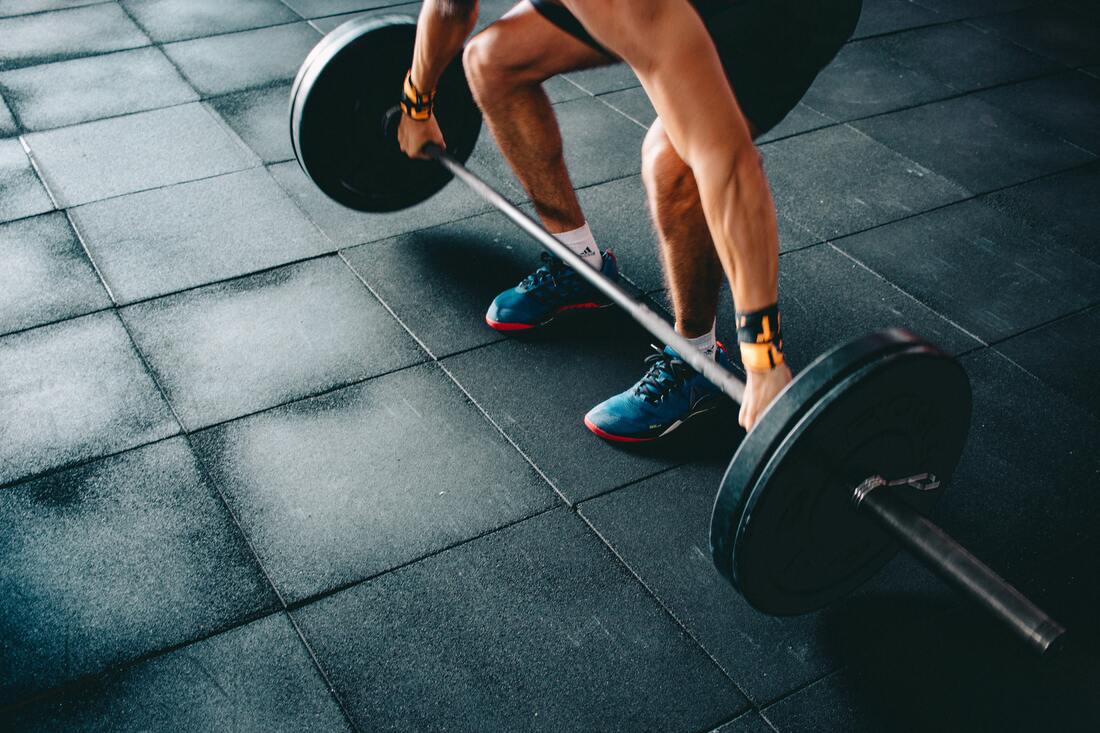If an object is particularly heavy getting close to the object is important. Our proximity reduces something in biomechanics called the lever arm - a small increase in this lever arm can have a significant effect on the amount of force required to lift an object. The higher the force required to lift an object the higher the injury risk, therefore the closer we can get, the more we reduce this risk.
For example, imagine lifting a weight close to your body with one arm. Now imagine lifting the same weight out in front of you with one arm. It's going to be much harder to lift the weight out in front of you because you have increased the lever arm. This physical distance is easily controllable, and is the first key to making lifting safer. Making the lift less awkward is another overlooked aspect of lifting. The more awkward the lift the higher the risk of injury. If you can't get close to an object or if you are lifting something heavy above your head, try and find a lifting partner. Lifting from waist height close to your body is much less awkward than low to the ground and off to the side. You can split the lift in to stages, or change where the lift starts from in order to make is simpler. Avoid lifting with combined movements such as bending and twisting at the same time. When we combine movements the body isn't as strong and thus the capacity to lift is reduced. Again, positioning the body so that there is no twisting required is key. Essentially these first three tips require a little bit of thought and mindfulness. Take your time and think a lift through before you attempt it. Injuries most likely occur when we rush into them with little thought. Most importantly however (to complement the above) is having a good baseline level of strength. How strong we are is a powerful preventative factor in injury risk, and one of the reasons that resistance training in exercise is so so important. At work being stronger than your profession in lifting demands will make lifting far easier and less likely to cause an injury. The only way to be strong? Consistently do some form of resistance training, and the more physical your job (or home demands) are, the more we'll need to do this! While there are no definitive answers on how to lift objects to completely avoid injury, reducing the risk is often a combination of being healthy, common sense, strength and avoiding awkward positions. Next time you're lifting something in the workplace or at home, take a moment to think about these points and stay safe. If you attempt a lift and it doesn't feel right, be sure to call in a lifting partner or rethink your position. Looking to add some resistance training? Injured from a lift? Wanting some general tips about occupational health? Get in touch! Our Tarrgindi Physiotherapists are experts in both injury prevention and treatment. Call us on 07 3706 3407 or email [email protected]
0 Comments
Leave a Reply. |

 RSS Feed
RSS Feed